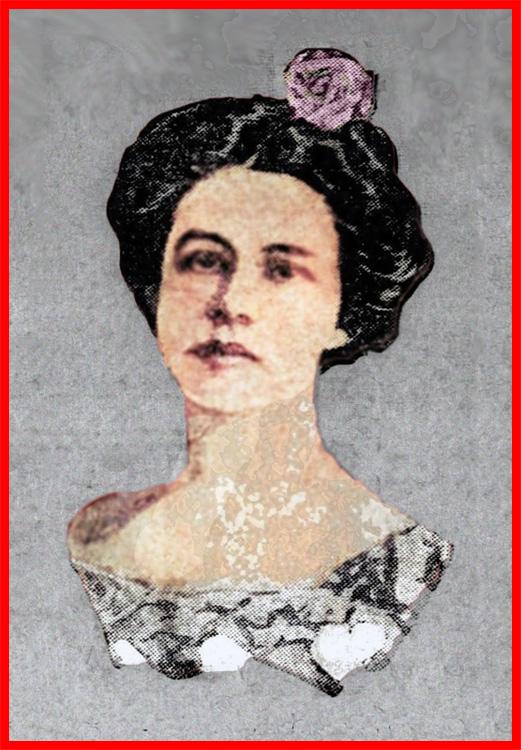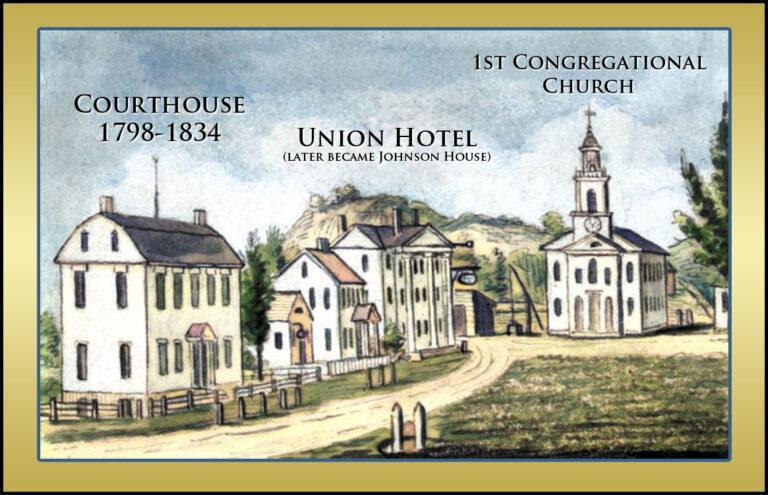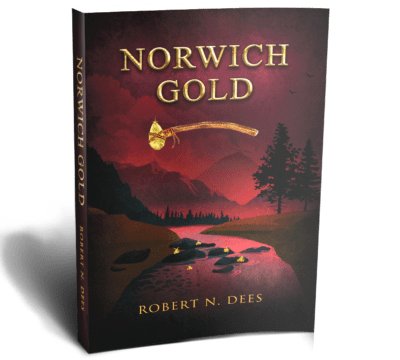William J. Fitzgerald
Norwich History … It Never Gets Old
Norwich native William J. Fitzgerald was Norwich’s Mayor from 1940 to 1941. He made a significant impact on the people of Norwich, the State of Connecticut, and the United States. He authored the National Apprenticeship Act, now known as the Fitzgerald Act.
His education began at St. Patrick’s Parochial School in Norwich. At the age of 17, he began working in a foundry as a molder. He advanced to the position of superintendent during his 26-year tenure there.
The practice of establishing mentor-apprentice relationships has had a profound effect on today’s educational system.
Click here to learn more about William J. Fitzgerald.
Christopher C. Brand: Inventor
Norwich History … It Never Gets Old
Christopher C. Brand (a.k.a. C.C. Brand) was the creative driving force behind the C.C. Brand Iron Works. He was an inventor, producer, and seller of whale bomb-lances and whaling guns used worldwide.
Brand was best known for his work in the whaling industry; however, in the later years of his life, he collaborated with another Norwich resident, Christopher C. Moore, to invent an improved boat propulsion system. An image of their 1872 invention is shown on the right.
Click here to learn more about C.C. Brand and all his inventions.
Lydia Huntley Sigourney: Poet
Norwich History … It Never Gets Old
Lydia Huntley Sigourney, a Norwich native, was an American poet in the early and mid-19th century. She was commonly known as the “Sweet Singer of Hartford.”
In 1811, Sigourney opened a school for young ladies in Norwich with her friend Nancy Maria Hyde. Frances Manwaring Caulkins entered the Norwich school in September 1811 and remained a very warm friend and frequent correspondent with Sigourney thereafter.
She was one of the most popular writers of her day, both in the United States
Click here to learn more about Lydia Huntley Sigourney and all her achievements.
Mutual Assurance Co.: First Fire Insurance Co.
Norwich History … It Never Gets Old
On November 26, 1793, fifteen buildings were destroyed by fire in Chelsea (now downtown Norwich): the Second Congregational Meeting House, four residential houses, six stores and shops, and four barns.
The fire quickened public opinion regarding the benefits of insurance. Within twenty days after the catastrophe, a committee of local leaders invited the locals to meet at the courthouse and form an association against future calamitous losses.
A company was organized and went into operation in 1794 under the title of the “Mutual Assurance Company” to insure houses and other buildings from fire losses. Christopher Leffingwell was one of the first subscribers and held policy #1 on his dwelling, the Leffingwell Inn.
Click here to learn more about the beginnings of fire insurance in Norwich and all her achievements.

Leffingwell Inn
Norwich History … It Never Gets Old
Norwich was founded in 1659 by settlers from Saybrook led by Major John Mason and Congregational Church minister, Reverend James Fitch. The land was purchased from the local Mohegan tribe, led by their Sachem, Uncas. The early settlement was around the Norwichtown Green, shown on the right.
Supplies were brought from a landing near the base of Yantic Falls. By 1684, settlers authorized a new public landing at the head of the Thames River, site of the present downtown.
Norwich was incorporated in 1784 and was one of the first five Connecticut cities. The abundant waterpower available on the Yantic and Shetucket rivers powered textile factories, which dominated the local economy by the mid-1800s.
This website provides a free, easy-to-use tool for learning about the history of Norwich from 1659 to 1959. IconicNorwich.org offers more than 30 Historical Categories. See the link below.
Recent Updates to IconicNorwich.org
The next update for this website will occur on June 12
Updated Article: 1st Congregational Church: Click Here
Updated Trolley Map and Norwich Street Railway: Click Here
Added Article: Taftville Congregational Church: Click Here
Updated Article: Gertrude Haile Lanman: Click Here
Experience 300 Years of Norwich History
The primary goal of this website is to educate the public about Norwich Connecticut’s rich heritage and history during the 300 year period of 1659-1959. The site provides quick and easy access to a large collection of media, which focuses on Norwich’s historical events, places and many other tidbits.
This site is completely free of charge
The site provides more than 500 short articles and many historical Norwich maps. The articles are organized into 32 categories. The Media Library connects you to thousands of Norwich historical web-based links. Several quizzes are provided to enhance the learning environment.
You are invited to add, or contribute to new or existing placemarks by filling out the form in the “Contribute Article” section.
Gertrude Haile Lanman: Philanthropist
Norwich History … It Never Gets Old
Gertrude Haile Lanman was one of the most brilliant leaders of Norwich society. In the late 1890s, she was one of the wealthiest women in Connecticut. Gertrude was also well known in New York’s highest society and was accustomed to spending extended visits in exclusive hotels in Manhattan.
She used her wealth to help establish the Haile Club in 1907. In downtown Norwich, the club became a place where young working women could find housing, fellowship, food, and counseling.
Her life story tells the tale of a generous, wealthy, attractive Norwich native and how she gave up all her wealth. Her final days were spent in poverty …
Click here to learn more about the extraordinary life of Gertrude Lanman.

Gertrude Lanman
Norwich Patent
Strawberry Vase
Did You Know That … ???
Clever Norwich residents patented more than 800 inventions in the 1700s and 1800s.
On June 12, 1866, Reuben B. Fuller patented an improved vase for cultivating strawberries.
In his own words, “This vase, when to be used in a strawberry-bed for instance, is inserted by its tube or spout B in the ground around such a strawberry plant or
plants as may be desired, and to which it may be applicable, when, by the flaring side or rim of the vase, the rains and dews falling and gathered upon the vase are thus conveyed directly to the roots of the plant or plants, thereby causing tg the fruit to become riper much sooner or earlier, the vase also serving to protect the
fruit from the dirt, as well as to greatly protect the fruit from the dirt, as well as to greatly protect the plant from weeds, worms, and other insects.”
Place your cursor over the image to magnify
Click here to find hundreds more Norwich inventions
Norwich’s St. Patrick’s Cathedral
Norwich History … It Never Gets Old
On Good Friday, April 7, 1871, the groundwork on St. Patrick’s Church began. The Irish of Greeneville marched 1,700 strong to the present site. Horses and carts filled with picks and shovels arrived with the workers, and from Good Friday morning until Easter Sunday, the volunteer army dug the complete foundation by hand.
On September 28, 1879, St. Patrick’s Cathedral was officially opened and dedicated. The Most Reverend Lawrence McMahon presided, his first official
act in the Diocese of Hartford. Cardinal Gibbons preached in the morning;
Click here to learn more of the history os St. Patrick’s Cathedral.
Place your cursor over the image to magnify
Buffalo Bill Comes to Norwich ~ May 1912
Did You Know That …
Buffalo Bill and his famous Wild West Show visited Norwich in 1907 and 1912. Unfortunately, heavy rain caused major problems for Colonel Cody on both visits. The advertisement, shown on the right, was published in the Norwich Bulletin on May 1, 1912.
Click here to learn more about his visits to Norwich.
Place your cursor over the image to magnify

